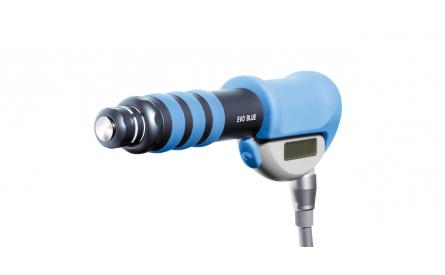
Upper back pain
Pathology
TTH can occur in short episodes of variable duration (episodic forms) or continuously (chronic form). Infrequent Episodic TTH (< 1 day of headache per month) usually does not require any medical treatment other than simple analgesics.
In contrast, both patients with Frequent Episodic TTH (ETTH; between 12 and 180 days of headache per year) and Chronic TTH (CTTH; at least 189 days of headache per year) may encounter considerable disability and warrant specific intervention.
The lifetime prevalence of TTH is approximately 78%, with 24% to 37% of patients suffering from TTH several times a month, 10% weekly and 2% to 3% of the population suffering from CTTH which usually lasts for the greater part of a lifetime.
Because many secondary headaches may mimic TTH, a diagnosis of TTH requires the exclusion of other organic diseases. In most patients, TTH develops from the episodic form to the chronic form, and prolonged peripheral nociceptive stimuli from pericranial myofascial tissues seem to be responsible for the conversion of ETTH to CTTH.
Radial shock wave therapy can be an effective element of Upper Back Pain treatment.
Side effects of Radial Shock Wave Therapy (RSWT) using the Swiss DolorClast®.
When performed properly, RSWT with the Swiss DolorClast® has only minimal risks. Typical device-related non-serious adverse events are:
- Pain and discomfort during and after treatment (anesthesia is not necessary)
- Reddening of the skin
- Petechia
- Swelling and numbness of the skin over the treatment area
These device-related non-serious adverse events usually disappear within 36h after the treatment.
Treatment Procedure
Locate the area of pain through palpation and biofeedback.
Mark the area of pain.
Apply coupling gel to transmit shock waves to the tissue.
Deliver Radial or Focused Shock Waves to the area of pain while keeping the applicator firmly in place on the skin.

